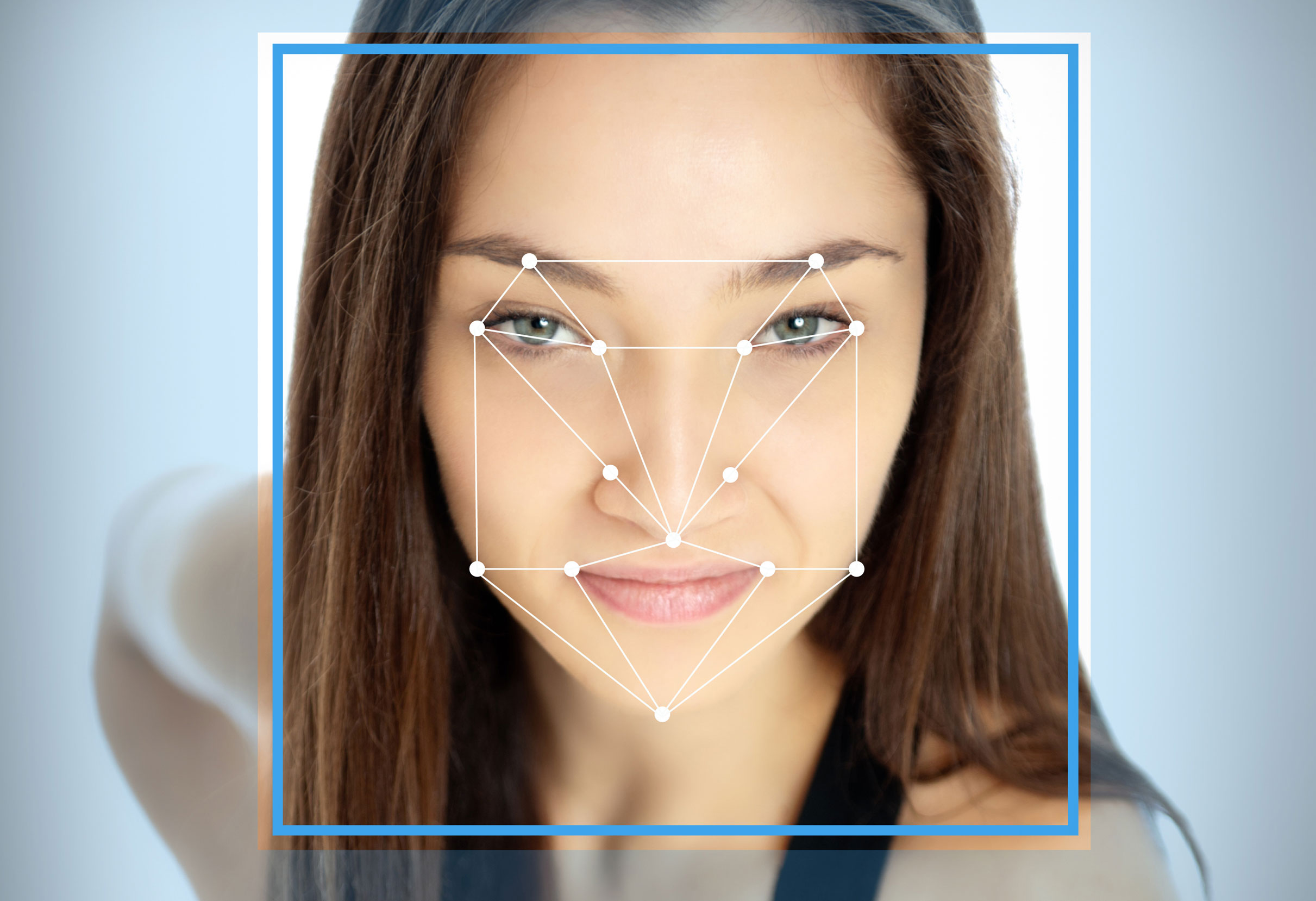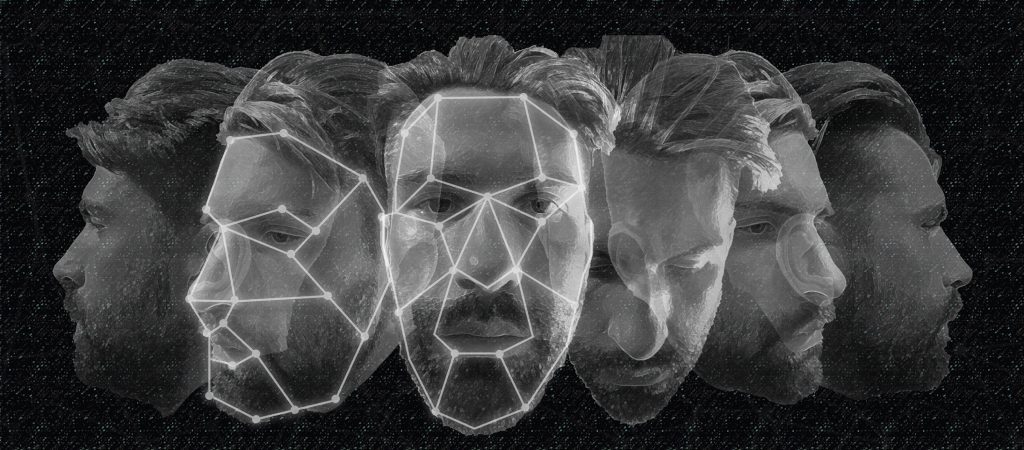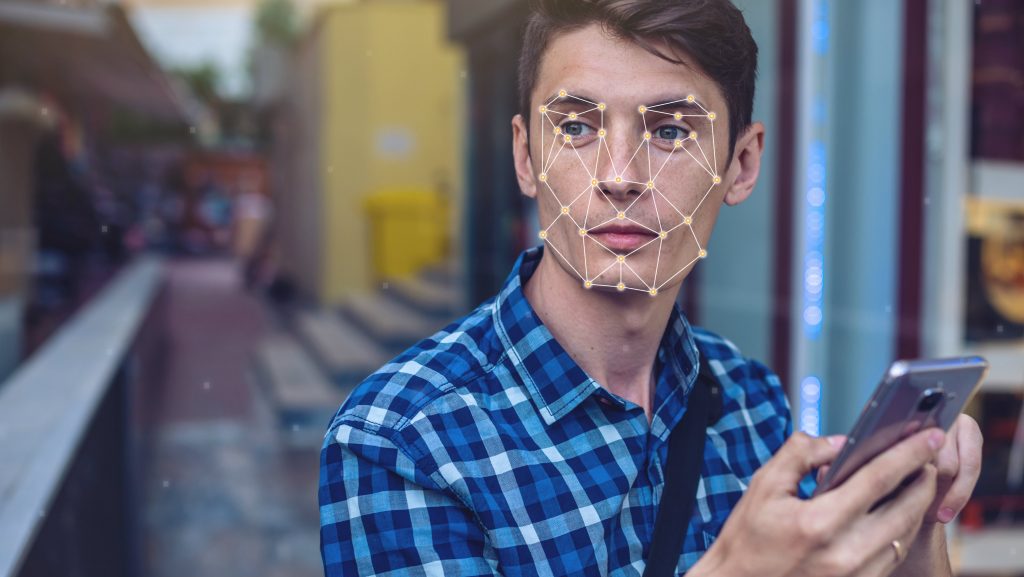
Table of Contents
Introduction
During the last decade, humankind started using some truly fascinating technological trends in their everyday lives. Things that were once viewed purely as science fiction have very much become a reality, and everyone is using high-tech gadgets and devices on a daily basis. One of such features is face recognition, often used for security reasons and preventing others from accessing your data.
Face recognition technology has undergone an incredible transformation over the years since it was released. Less than a decade ago, it was a futuristic technology but today it has a wide range of use cases on a variety of systems.
In the modern-day, it is quite a common practice to embed most of the new technology into smartphones, laptops, and different apps in order to protect personal data. Stores are using face recognition to prevent theft, and banks are making authentication of transactions more secure by protecting them further through the use of facial scans. Face recognition is even helping with wildlife preservation, as marine biologists have begun tracking individual dolphins without the need to tag them physically.
According to some estimations, the global facial recognition market as a whole is expected to grow at a CAGR of 14.5% in the next seven years, that is from 2024 to 2027. According to Grand View Research, this means that the revenue growth will rise from USD 4.35 billion in 2024 to USD 12.92 billion in 2027.
With more and more businesses and organizations embracing face recognition technology, it might soon become a business necessity rather than a business advantage. The pressing question is, however, how can you incorporate face recognition technology into your product or service easily and affordably?
An Expressway to Face Recognition

img source: israel21c.org
Building a facial recognition algorithm from scratch is not an easy task, as this is one of the most challenging technologies we have in existence. The experts involved have to consider multiple things that factor in, many of which are very hard to deal with and control. Some examples of these are light conditions, skin tones, facial features, facial disfigurements, distance from which the picture or video is taken from, and a lot more.
While it is not impossible to create an algorithm that deals with all of those things efficiently and at the same time, many developers choose to use a face recognition software development kit (SDK) and make use of an algorithm that is already proven to work wonders in this field.
SDKs are popular because they are essentially toolboxes that contain more or less everything a face recognition software developer might need for developing the applications. This includes APIs, documentation for software packages, sample codes, and similar key components. Facial recognition SDKs, like the one developed by InData Labs, are used for both B2B and B2C solutions.
The choice of SDKs these days is quite big as many realized their importance and benefits. Therefore, it can be quite hard to choose the right face recognition SDK because it could differ greatly from the other, both positively and negatively. In addition, this distinction can apply to both the quality and the functionalities that SDKs offer.
There are, however, a few important features and metrics you can look out for to make sure the SDK you pick is the right for your business problem. If you cover these, there is no reason to worry that you might have chosen a bad SKD solution.
1. Image Scoring

img source: pardot.com
Once a face or an object is detected by a face recognition software, the image is assigned a numerical value that represents the quality of the image. Like any other digital rendering, this is affected by many things such as image resolution, if the main subject of the image is partially obscured, etc.
This value can be used to create confidence intervals for future matches, and it can make the face recognition process easier, quicker, and more efficient every time around.
2. Enrollment and Probing
Once the face recognition algorithm has detected and captured a face, a template is created and saved. The template is a mathematical representation of that unique face, containing measurements of the distance between the eyes, for example, the length of the nose, and everything else needed for a successful scan.
This template is then compared to the templates of all the already existing images in the database to produce a match. This is called “probing” the database and storing that image in the database afterward is called “enrolling”. If the face is recognized, access is granted. If not, it is someone new trying to get access and they will be denied.
3. High Accuracy in Tough Conditions

img source: nist.gov
Ultimately, you want the algorithm included in your face recognition SDK to be as accurate as possible. To ensure that, you need to check if the algorithm works well in 1:1 matching scenarios as well as in 1:N matching, also known as wild matching. The difference between these two can be significant, so it is important to check that the algorithm can detect objects and faces in more difficult scenarios like low light, from odd angles, and in crowded environments with many faces around the one to be scanned.
4. Confidence Intervals
A confidence interval is a threshold that is applied when a new image is processed by the algorithm. The interval is a flexible value and can be set to get the results you need.
A higher confidence value will yield fewer false positives and more false negatives, and vice versa. There is no right answer for how high or low the ideal confidence threshold is. It is a tradeoff you need to make in your specific use case. Just remember that any false positives and false negatives should be checked by humans and not be left to chance.
5. Flexibility

img source: wordpress.com
Each face recognition SDK should come with the right tools that ensure flexibility and scalability. Flexibility is vital for face recognition software because it must often be integrated with other software and hardware to be fully functional and applicable.
One of the tools you should look out for are REST APIs instead of compiled libraries. REST APIs exist online and are compatible with any programming language, which naturally makes your software language agnostic as well. Make use of these if you want your face recognition software to be as proficient as it can.
Conclusion and Key Takeaways
One of the main things to remember here is that no two face recognition SDKs are alike. They are toolboxes that are filled with different software packages, APIs, code samples, and everything else that makes a quality SDK. Therefore, each one will contain something different.
To make sure you get the one that can work for many different applications, check if the SDK works well in tough conditions, how it does its enrollment and probing, if it assigns an image score to the image, and if you can set confidence intervals. Last but not least, check if you can easily scale the solution as your business needs change. Do this and you will never have to worry if you have picked the right solution for your face recognition.







